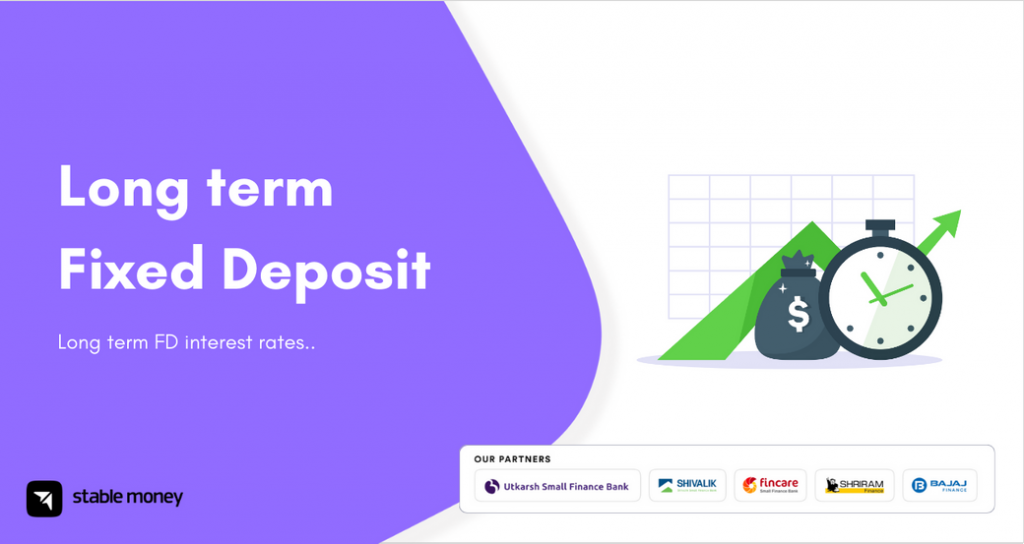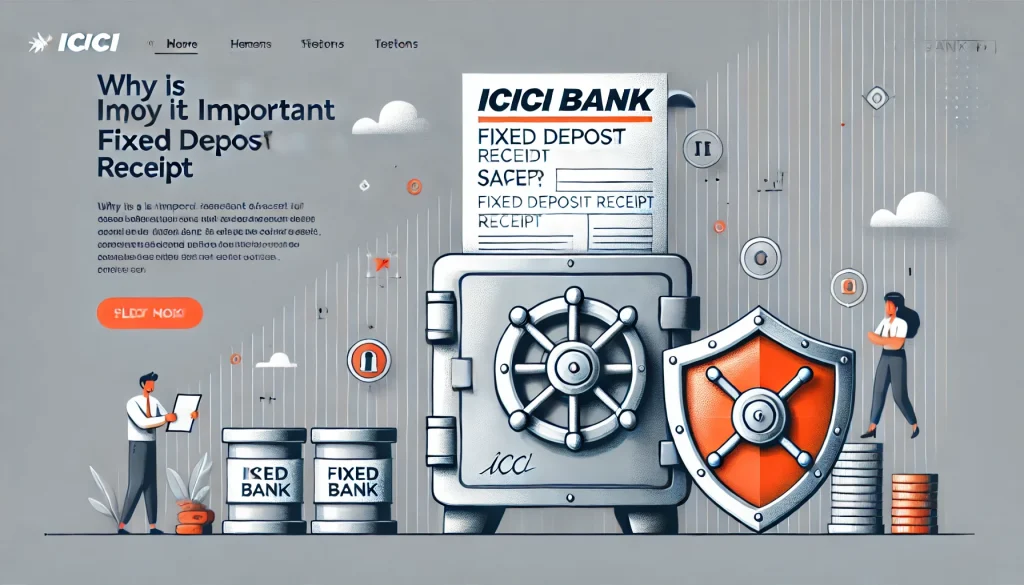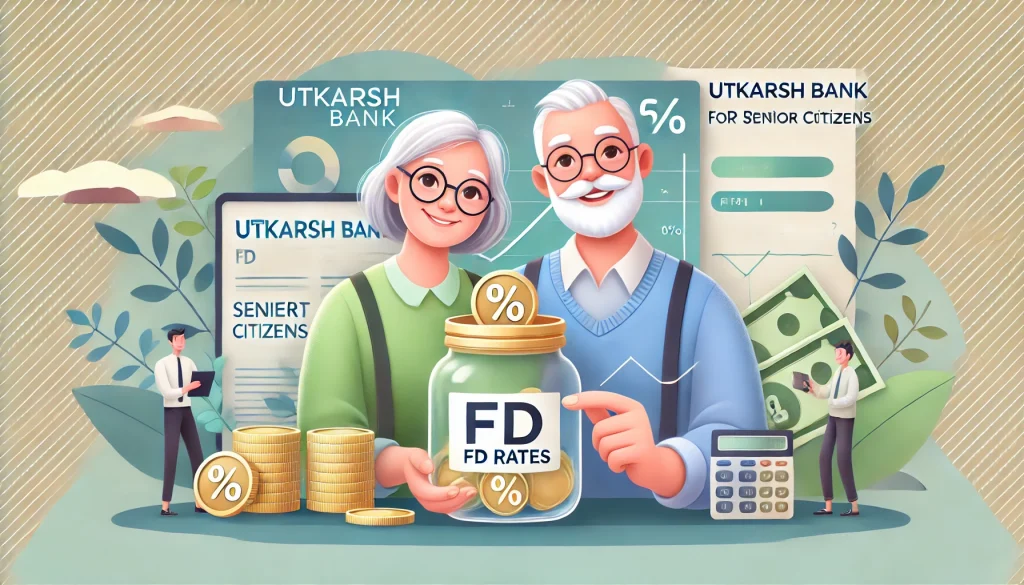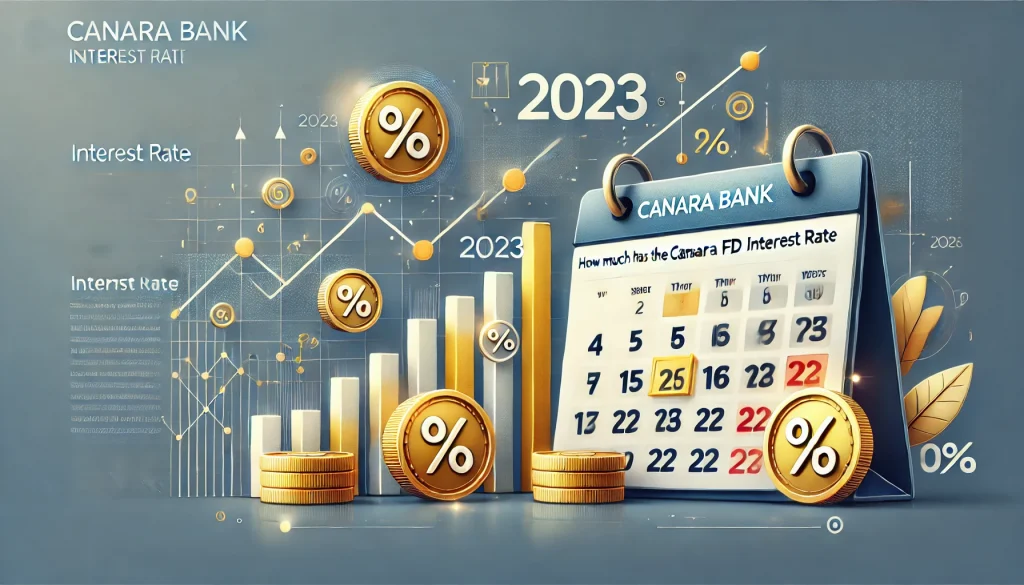
In today’s uncertain financial landscape, it’s essential to have a reliable investment option that offers stability and consistent returns. One such option that has stood the test of time is a Long Term Fixed Deposit (FD). In this blog, we will explore the concept of Long Term FDs, their benefits, interest rates, and how to open an account.
What is Long-Term Fixed Deposit?
A Long Term Fixed Deposit is a financial instrument offered by banks and financial institutions that allows individuals to deposit a specific amount of money for a predetermined period at a fixed interest rate. The deposit is held for an extended period, typically ranging from 5 to 10 years, or even more in some cases. It provides a safe and secure way to grow your savings while earning a fixed return.
Long-Term FD Interest Rates
One of the key factors to consider when opting for a Long Term FD is the interest rate offered by the bank. The interest rates can vary depending on several factors, including the duration of the deposit and prevailing market conditions. Typically, long-term fixed deposits offer higher interest rates than short-term deposits, as they provide banks with a stable source of funding for an extended period.
| Bank | General Citizen FD Rates | Senior Citizen FD Rates |
| HDFC | 7% | 7.75% |
| ICICI Bank | 6.9% | 7.5% |
| SBI | 6.5% | 7.5% |
| Axis Bank | 7.75% | 7.75% |
| Canara Bank | 6.7% | 7.2% |
Features of a Long-Term Fixed Deposit
Long Term FDs come with a set of features that make them an attractive investment option for many individuals. Here are some notable features:Fixed Interest Rate
The interest rate for a Long Term FD remains fixed throughout the deposit tenure, providing investors with predictable returns.
- Guaranteed Returns – As the financial institutions back fixed deposits, they offer guaranteed returns, ensuring the safety of your principal amount.
- Flexible Tenure – Banks usually offer flexibility in choosing the tenure of the Long Term FD, allowing investors to align it with their financial goals.
- Compounding Interest – In some cases, the interest earned on Long Term FDs can be compounded, resulting in higher overall returns.
Benefits of a Long-Term Fixed Deposit
Investing in a Long Term FD can offer several advantages to individuals seeking a secure and steady investment option. Let’s explore some of the benefits:
- Stable Returns – Long Term FDs provide stable returns over an extended period, making them ideal for individuals who prefer low-risk investments.
- Capital Preservation – As FDs are not subject to market fluctuations, they help in preserving the capital and shield it from market volatility.
- Regular Income – Long Term FDs can also be a source of regular income, especially for retirees, as the interest earned can be paid out periodically.
- Tax Benefits – Depending on the country and its tax regulations, Long Term FDs may offer tax benefits, such as deductions on the interest earned.
How to Open a Long-Term FD Account?
Opening a Long Term FD account is a straightforward process. Here’s a step-by-step guide to help you get started:
- Step 1: Research
- Research various banks and financial institutions offering Long Term FDs. Compare their interest rates, tenure options, and other terms and conditions.
- Step 2: Choose a Bank
- Select the bank that best meets your requirements and visit their nearest branch or access their online banking platform.
- Step 3: Fill out the Application Form
- Obtain the application form for opening a Long Term FD account from the bank. Fill in the required details accurately.
- Step 4: Provide Necessary Documents
- Submit the necessary documents as per the bank’s requirements, such as identity proof, address proof, and PAN card.
- Step 5: Deposit the Amount
- Deposit the desired amount in the Long Term FD account as per the minimum deposit requirement set by the bank.
- Step 6: Choose the Tenure
- Select the desired tenure for your Long-Term FD, considering your financial goals and the bank’s available options.
- Step 7: Review the Terms and Conditions
- Carefully review the terms and conditions associated with the Long-Term FD account, including penalties for premature withdrawals.
- Step 8: Confirm and Sign
- Once you have reviewed all the details, confirm your investment and sign the necessary documents.You will receive a confirmation receipt or an account statement from the bank acknowledging your Long-Term FD account.
Eligibility Criteria for Long-Term FD
To open a Long Term FD account, individuals must fulfil certain eligibility criteria set by the banks. While the specific requirements may vary from one institution to another, the general criteria include:
- Age – The applicant must be of legal age, usually 18 years or above, to open a Long Term FD account.
- Residency – In most cases, the applicant must be a resident of the country where they intend to open the FD account.
- Identification – The applicant must provide valid identification proof, such as a passport or driver’s license.
Documents Required for Long-Term FD
Banks typically require certain documents when opening an FD account. The exact documentation may vary, but the following are commonly requested:
- Proof of Identity – Passport, driver’s license, or any other government-issued photo identification.
- Proof of Address – Utility bills, bank statements, or any other document verifying the applicant’s residential address.
- PAN Card – Permanent Account Number (PAN) card is a unique identification number for tax purposes.
Conclusion
A Long Term Fixed Deposit is a reliable and secure investment option that offers stability and steady returns over an extended period. Individuals can make informed decisions when opening a Long Term FD account by considering the interest rates, features, and benefits. It is essential to conduct thorough research, compare different options, and choose a reputable bank or financial institution to ensure a hassle-free investment experience.
FAQs
Yes, but depending on the bank’s terms and conditions, it may attract penalties or a reduction in interest rates.
Long Term FDs generally offer fixed interest rates, ensuring a predictable return on investment.
Yes, many banks provide the option to take a loan against the value of your Long Term FD
The tax treatment of interest earned on Long Term FDs varies by country and individual tax regulations. It is advisable to consult a tax professional for accurate information.
Yes, you can open multiple Long Term FD accounts with different banks to diversify your investments and optimise returns.
Disclaimer
This article is solely for educational purposes. Stable Money doesn't take any responsibility for the information or claims made in the blog.


